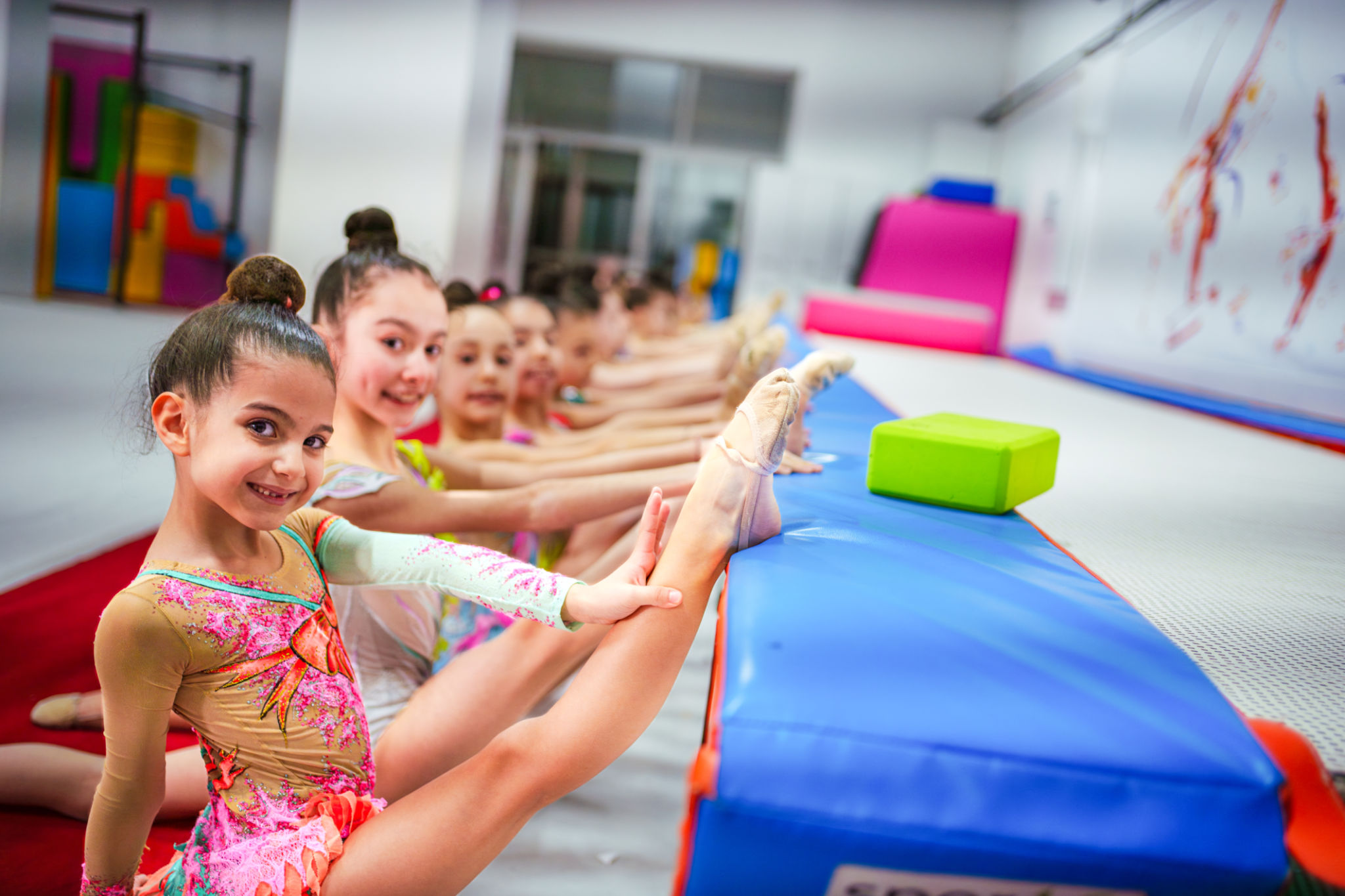Liquid Chalk for Gymnastics vs. Traditional Chalk: Which is Better?
The Role of Chalk in Gymnastics
Chalk is an essential tool for gymnasts, as it enhances grip and reduces moisture on the hands. This is crucial for maintaining control during routines on the parallel bars, rings, and balance beam. Traditionally, gymnasts have relied on block or powdered chalk, but recent developments have introduced liquid chalk as a viable alternative. Both types have their own advantages and disadvantages, and choosing between them depends on personal preference and specific needs.

Traditional Chalk: The Classic Choice
Traditional chalk, typically made from magnesium carbonate, is used in its block or powdered form. Gymnasts often prefer it for its simplicity and effectiveness. The tactile feedback from traditional chalk is immediate, and athletes can easily adjust the amount they apply during practice or competition. It is also relatively inexpensive and widely available.
However, traditional chalk does have its downsides. It can create a messy environment, with chalk dust dispersing into the air and settling on equipment and floors. Some gyms have strict regulations regarding its use to maintain cleanliness. Additionally, gymnasts with sensitive skin may find that prolonged exposure to traditional chalk can cause irritation.
Liquid Chalk: A Modern Alternative
Liquid chalk is a relatively new innovation that has gained popularity among athletes across various sports. It typically consists of a mixture of alcohol and chalk particles, which is applied directly to the hands. Upon application, the alcohol evaporates, leaving a thin layer of chalk behind that provides excellent grip.

The benefits of liquid chalk include less mess, as it produces minimal dust compared to its traditional counterpart. It also tends to last longer on the hands, reducing the need for reapplication during intense training sessions. Furthermore, its formulation often includes ingredients that are gentler on the skin, making it a great option for those with sensitivities.
Comparing Performance and Convenience
When comparing traditional and liquid chalk, performance and convenience are key factors to consider. Traditional chalk offers quick application and tactile feedback, which some gymnasts find invaluable during a routine. On the other hand, liquid chalk's longevity and reduced mess can enhance focus by minimizing distractions related to reapplication.
- Grip: Both types provide excellent grip, but user experience may vary based on personal preference.
- Mess: Liquid chalk is less messy, reducing cleanup time in gyms.
- Cost: Traditional chalk is generally more budget-friendly.
- Skin Sensitivity: Liquid chalk is often formulated to be more skin-friendly.

The Verdict: Which is Better?
Ultimately, the choice between liquid and traditional chalk comes down to individual needs and preferences. For gymnasts who prioritize quick application and tactile control, traditional chalk may be the way to go. Conversely, those who value reduced mess and longer-lasting application might prefer liquid chalk.
It is always a good idea for athletes to experiment with both options to determine which type of chalk enhances their performance while aligning with their comfort and convenience preferences. Whichever choice they make, it's clear that both types of chalk play a crucial role in helping gymnasts perform at their best.